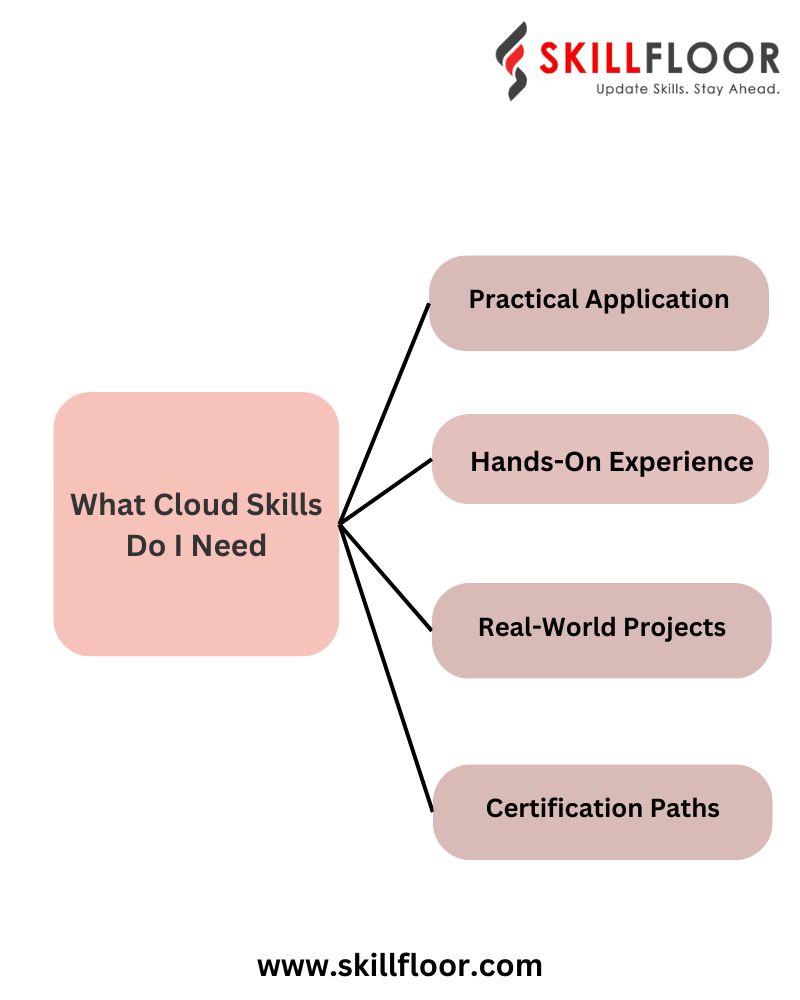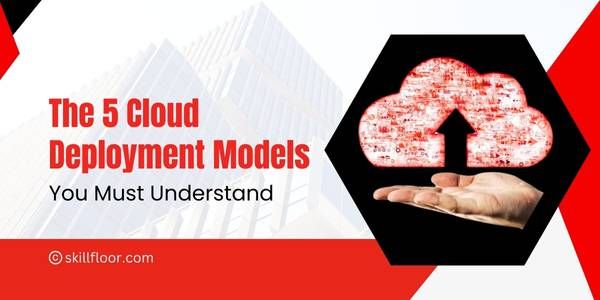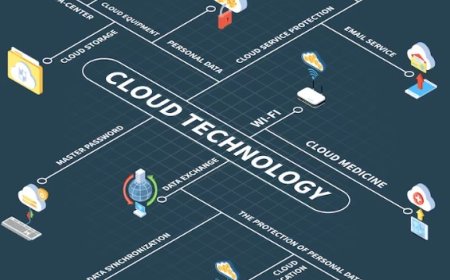Cloud Computing: Practical Guide to Mastering the Cloud
Explore the essentials of Cloud Computing with this practical guide, designed for effective learning and mastery of cloud technologies. Gain insights, hands-on skills, and a comprehensive understanding of cloud solutions.

Cloud computing is like having a special authority that allows you to access and use computer resources through the internet as an alternative to your own computer. These resources are divided into three types: Infrastructure as a Service (IaaS), Platform as a Service (PaaS), and Software as a Service (SaaS). It's like choosing how much control you want over your computer tools. There are also different ways to set up your cloud space, such as Public (available to everyone), Private (more exclusive), and Hybrid (a combination of both). Think of it as choosing the right neighborhood for your online Projects. By understanding these fundamentals, you'll have a solid foundation for exploring the exciting world of cloud computing!
When entering the domain of cloud computing, the first step is to identify your objectives. Ask yourself: Do you want to manage the infrastructure, develop applications, or work with data analytics? By understanding your interests and career goals, you can customize your learning path to align with what you want to achieve. The next challenge is choosing the right cloud provider. Big players like AWS, Azure, and Google Cloud offer a wide range of services. To make an informed decision, compare factors such as pricing, global availability, and the variety of services each platform offers. This crucial decision will impact your entire cloud computing journey. Focus on fundamental services like computing power, storage, and networking. Gain practical experience with these foundational elements before falling into more specialized services. This approach ensures a strong grasp of the essentials before taking on the complexity of the cloud computing scene.

What Cloud Skills Do I Need?
Cloud platforms are like big toolboxes with lots of services and tools. You can choose one and learn how to use it to store data, run applications, and scale resources easily.
Containerization is like a magic box that helps your applications run smoothly no matter where they are. Docker is a popular tool that helps you pack your applications neatly so they can be easily moved to different environments.
Terraform is an automation tool that works like a personal assistant to make your life easier. You can use it to automate tasks like deploying and managing your cloud resources. It's like having a trusty assistant for your cloud infrastructure, so you can focus on the important stuff.
Practical Application
Once you have a strong understanding of cloud computing fundamentals, it is important to put that knowledge into practice. Here are three practical ways to apply your learned skills.
Hands-On Experience
Just like learning to ride a bike, reading about cloud computing is not enough. You need to get hands-on experience to truly grasp the concepts. Start by creating a free account on a cloud platform of your choice. Many providers offer a free tier, allowing you to experiment without any financial commitment.
Begin by creating virtual machines and familiarize yourself with configuring storage. This will give you a better understanding of how data is stored in the cloud. Develop to utilize simple applications to gain practical experience. By actively engaging with cloud platforms, you will solidify your understanding and become more comfortable operating them.

Real-World Projects
Once you have gained some hands-on experience, it's time to take on real-world projects. Building a personal website is a great way to showcase your skills and interests. It doesn't have to be complicated; a simple and straightforward website will be suitable.
Consider setting up a blog as well. This not only improves your technical abilities but also improves your communication skills. A blog provides a platform to share your journey, the challenges you faced, and the solutions you discovered along the way. Alternatively, challenge yourself by moving a small application to the cloud. The practical experience gained from real-world projects is invaluable and will make you stand out in the job market.
Certification Paths
Certifications are like representatives of honor that show off your expertise in cloud computing to prospective employers. While hands-on experience is Important, certifications provide a structured way to validate your skills.
By following certification paths, you can acquire industry-recognized credentials that showcase your expertise. These certifications not only enhance your knowledge but also increase your credibility in the job market. They serve as a statement to your dedication and commitment to mastering cloud computing. Remember, practical application is key to building practical skills in cloud computing. By actively engaging with hands-on experience, real-world projects, and certifications, you will be well-equipped to succeed in this field.
Cloud Computing Use Cases
Cloud computing has changed the way businesses work by providing many useful tools like enterprise applications, data analytics, IoT, and artificial intelligence. These tools help businesses work more efficiently and collaborate better. The cloud also allows businesses to use all the data they generate to make better decisions. By combining cloud computing with IoT, businesses can use smart devices to collect data in real-time and make decisions faster.
Additional Tips (Career Development)
Job Market Tips
-
Keep up with job trends by subscribing to newsletters, following job boards, and joining online communities. This will help you make informed decisions about your learning path.
-
Attend industry events and connect with professionals in the cloud computing space to expand your professional circle and gain insights into real-world challenges and opportunities.
-
Create a LinkedIn profile that showcases your cloud computing skills, certifications, and practical projects. Connect with professionals and join relevant groups to increase your visibility within the industry.
-
Participate in open-source projects to showcase your skills and demonstrate your commitment to the community. Platforms like GitHub are great for sharing your contributions and collaborating with other developers.
-
It's important to keep learning about new technology and ways of doing things so that you can stay up-to-date in the constantly changing world of technology. Keep asking questions, discover new developments, and actively look for chances to improve your abilities.
Starting with cloud computing is not the same for everyone. It's like a puzzle with three important pieces: learning, experience, and community. First, understand why cloud computing is important, like saving money and being efficient.Don't worry about fancy words, start with the basics. Choose the right cloud service model for you. You can start with AWS or Azure. What skills do you need? You can learn online or join forums and meetups. Learn by doing, play around with free cloud accounts and virtual machines. Connect with others and keep learning. Remember, it takes time to master cloud computing. Keep learning and take it one step at a time. You can do it!


























































